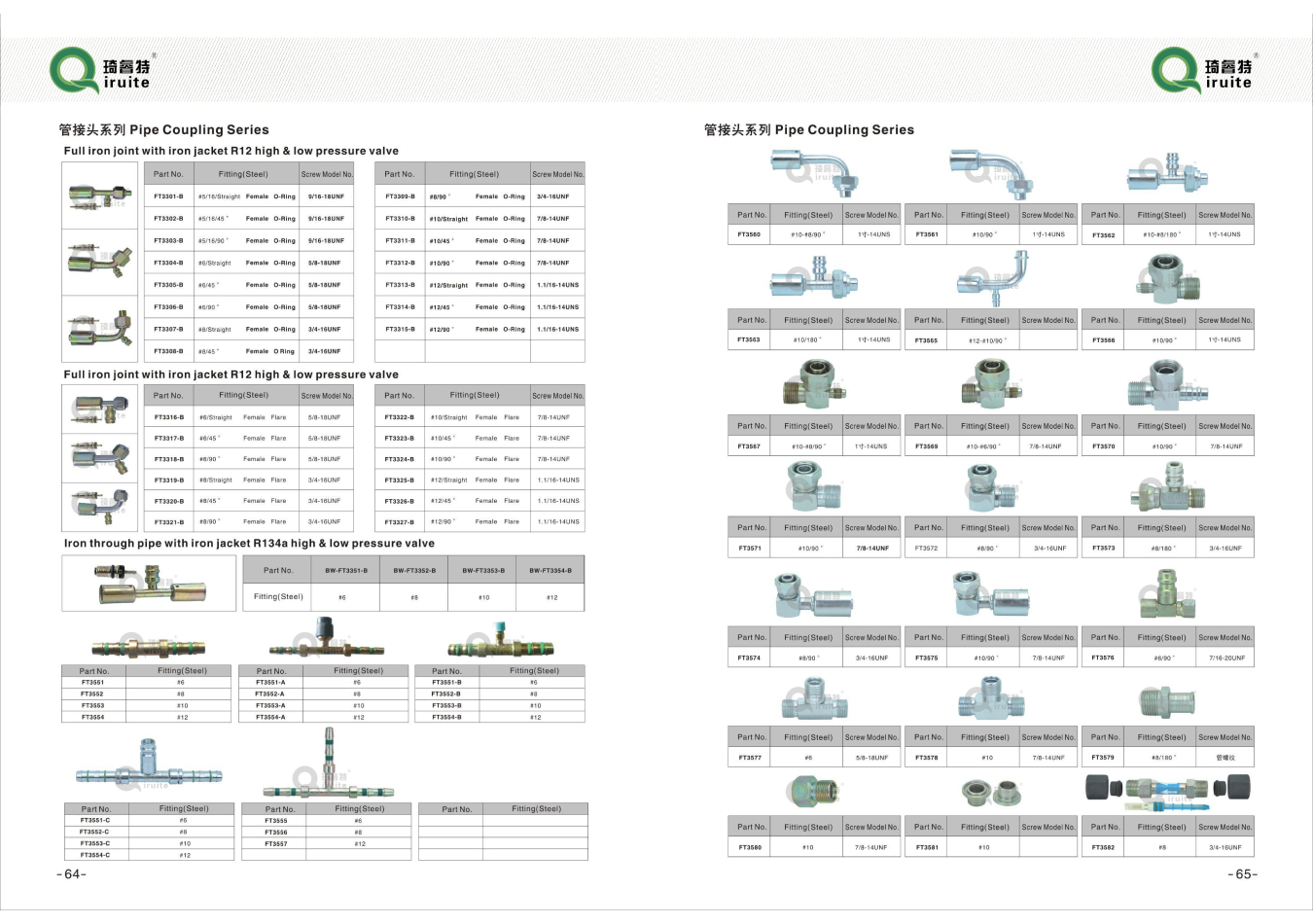bad power steering hose
Understanding Bad Power Steering Hose Issues Causes and Solutions
The power steering system in a vehicle is essential for easy maneuvering, especially in tight spaces or during sharp turns. One of the critical components of this system is the power steering hose, which carries the fluid necessary to aid in steering. A malfunctioning or damaged power steering hose can lead to significant issues, affecting vehicle performance and safety.
What is a Power Steering Hose?
The power steering hose is responsible for transporting hydraulic fluid from the power steering pump to the steering gear. This fluid is crucial because it amplifies the driver's effort when turning the steering wheel and helps the vehicle respond smoothly. There are typically two types of hoses the high-pressure hose, which carries fluid from the pump to the steering gear, and the return hose, which directs fluid back to the pump after it has completed its duty.
Signs of a Bad Power Steering Hose
Detecting problems with the power steering hose early can save you from more severe damage and costly repairs. Here are some signs indicating that your power steering hose may be going bad
1. Fluid Leaks One of the most common signs of a failing power steering hose is fluid leaks. If you notice a puddle of reddish-brown fluid under your vehicle, it is essential to check the power steering hoses for cracks or holes.
2. Steering Wheel Difficulties If you experience difficulty turning the steering wheel, especially at lower speeds, this may indicate low power steering fluid levels, possibly due to a leak in the hoses.
bad power steering hose

3. Unusual Noises If you hear whining or groaning noises while turning the wheel, it may suggest that the power steering pump is working harder to compensate for a lack of fluid, often caused by a damaged hose.
4. Poor Steering Response A delay or unresponsiveness in steering can indicate an issue with the power steering system, potentially linked to the condition of the hoses.
Causes of Power Steering Hose Failure
Several factors can contribute to the deterioration of power steering hoses. Over time, wear and tear due to age, exposure to heat, and pressure can weaken the material. Additionally, exposure to harmful fluids or contaminants can cause hoses to corrode or become brittle. Environmental factors, such as extreme temperatures, can also negatively affect the hose's integrity.
Solutions and Preventive Measures
If you suspect your power steering hose is damaged, it is crucial to address the issue promptly. A mechanic can inspect the hoses, identify leaks, and assess whether replacement is necessary. Replacing a damaged hose is typically not a complicated task but should always be done by a skilled technician.
Preventive measures include regular inspection of the power steering system, including hoses, to catch potential issues early. Keeping an eye on fluid levels and top-offs can also help maintain the system's health.
In conclusion, the power steering hose plays a vital role in ensuring smooth steering and overall driving comfort. Being proactive about maintenance and addressing any signs of trouble can help you avoid more significant repairs, keeping your vehicle safe and reliable on the road. Regular check-ups, fluid assessments, and paying attention to your vehicle's handling can go a long way in ensuring the longevity of your power steering system.
-
Ultimate Spiral Protection for Hoses & CablesNewsJun.26,2025
-
The Ultimate Quick-Connect Solutions for Every NeedNewsJun.26,2025
-
SAE J1401 Brake Hose: Reliable Choice for Safe BrakingNewsJun.26,2025
-
Reliable J2064 A/C Hoses for Real-World Cooling NeedsNewsJun.26,2025
-
Heavy-Duty Sewer Jetting Hoses Built to LastNewsJun.26,2025
-
Fix Power Steering Tube Leaks Fast – Durable & Affordable SolutionNewsJun.26,2025

